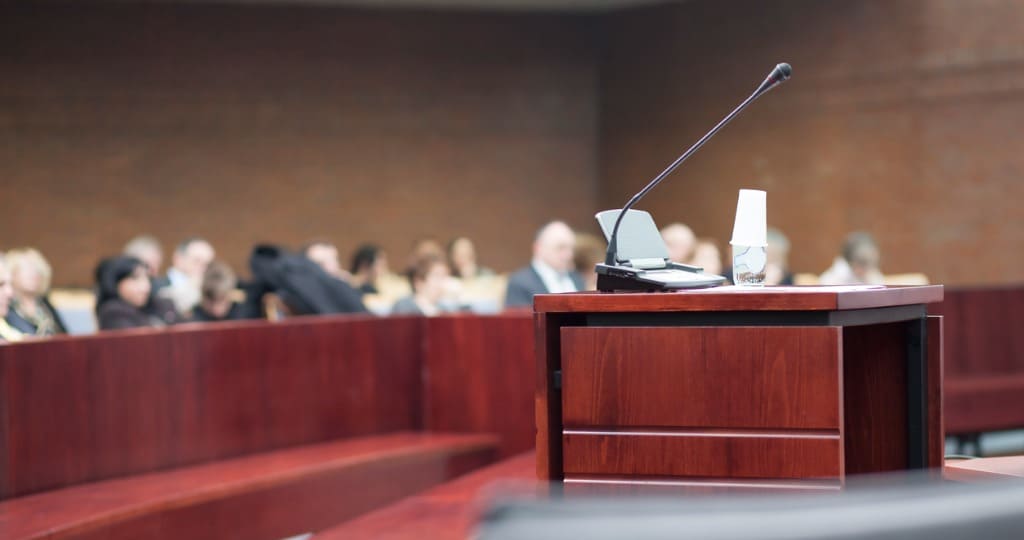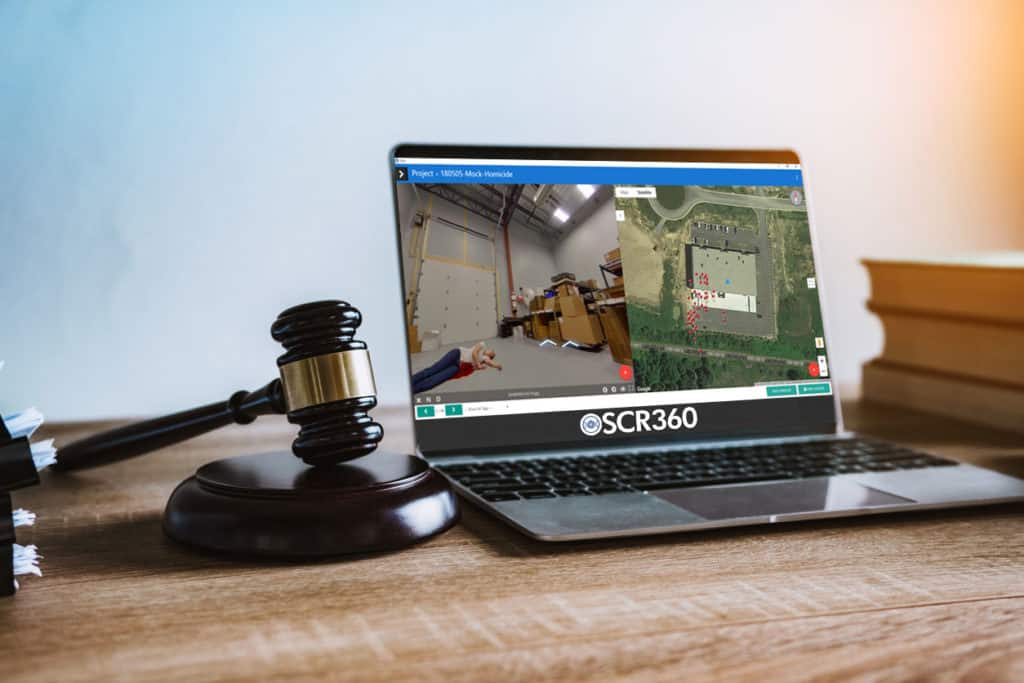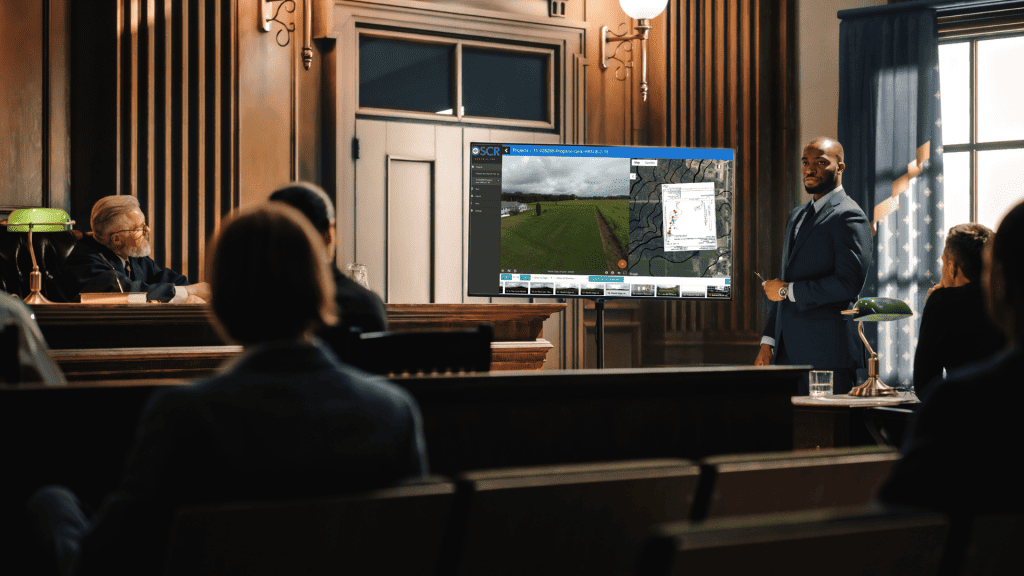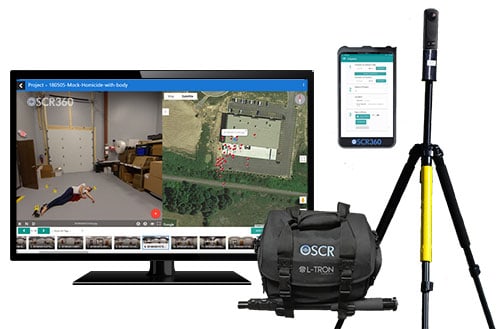As a prosecutor, it is likely that the fundamental steps to trial preparation are ingrained in your day-to-day workflow. You work on a case for months, research every angle and collaborate with investigators. You spend hours preparing opening remarks, and the witnesses seem solid.
…but are your witnesses prepared for the stand?

When it comes to trial preparation, you can control many factors. Yet, you can never be completely sure of how a key witness will perform on the stand and during witness testimony. Below are three important steps you can take as a prosecutor to assist your witnesses in establishing a strong rapport with the jury and presenting an impactful testimony.
Jog your witness’ memory.
Since trials typically occur months or even years after a crime occurs, it is important to refresh the witness’s memory about exactly what they saw and experienced the day of the crime. Re-visit the scene with your witnesses using OSCR360 and jog their memories by virtually walking through and looking around the scene. Providing them with a clear picture of what they saw or the actions they took to process the scene will help to ensure their memories from that day are fresh in their minds. They will see key details of the scene again. These visuals are powerful and extremely impactful during trial preparation.

Next, encourage your witnesses to review and clarify the key points you want the jury to take away from the testimony. Prevent potential rambling by sticking to the most important points and details.
Remember, it’s ok to say “I can’t remember” occasionally. When that happens, it’s common for the attorney to ask the witness if there’s anything that might help to refresh their recollection. This is when witnesses may be allowed to review notes, reports, photos, or OSCR images to bring that memory back to mind.
At the end of their testimony, ask witnesses to restate a summary of their key points to leave the jury with a clear understanding of what they witnessed at the scene. Urge your witnesses to practice public speaking, prior to the pressure of standing up publicly in the high-stakes environment of the courtroom.
Speaking style and appearance for witness testimony.
First impressions go a long way in establishing credibility with an audience of jurors.
Instruct your witnesses to appear to court on time, or early, with a well-groomed, neat, and professional appearance. Once on the stand, they should sit up straight and maintain a confident demeanor, despite how nervous they may be feeling. Encourage them to speak slowly, clearly, and audibly, avoiding curse words and slang. They should maintain an awareness of their body language and facial expressions, and remember to always speak directly to the jury. Orienting your body to the jury is important, and defense attorneys may try to draw your attention away from the jury box.
“I suggest treating testimony as having a conversation with the jury. The attorney asks the question, and the witness delivers the answer to the jury. Technical issues are best explained in layman’s terms. It’s OK to use small hand gestures if that’s the way you normally talk (just don’t make them big, energetic, distracting gestures). The jury will see that you are comfortable talking to them, which will boost your credibility.
I testify like I’m teaching an informal class: I make momentary eye contact with each juror, especially if I am explaining something at length. Sometimes jurors will nod as I make eye contact, again conveying that an understandable conversation is taking place.”
Andrew McNeill, Retired Sheriff’s Deputy, Expert Witness & Consultant
Allow the jury to experience the scene.
A picture is worth a thousand words, especially in the courtroom. As each witness verbally tells their story, allow the jury to follow along visually. An OSCR360 virtual walkthrough immerses the courtroom audience in the scene for a clear understanding of exactly what the witness is referring to.
For instance:
- See the layout of a home to understand where the defendant was when they walked from room to room.
- Understand the vantage point of a witness as they watched the crime occur.
- View the scene exactly as investigators discovered it upon arrival.
- Unite multi-location scenes and fully grasp how separate locations may be connected to the crime.
- Connect each piece of evidence to the scene, showing the jury where it was found and how it relates to the crime.
As powerful as witness testimony may be, providing visual context ensures that every juror “sees” the same thing. OSCR360 leaves no detail to the imagination.

A few notes about OSCR360
The patented OSCR360 system is user-friendly and has been used and accepted in court. OSCR360 projects are fully admissible and each OSCR360 photo can be submitted into evidence as a .jpg file.
Hundreds of district attorney offices and law enforcement agencies nationwide are using OSCR360 to document, store, organize, and present the facts of the case, gaining convictions and serving justice within their communities.
